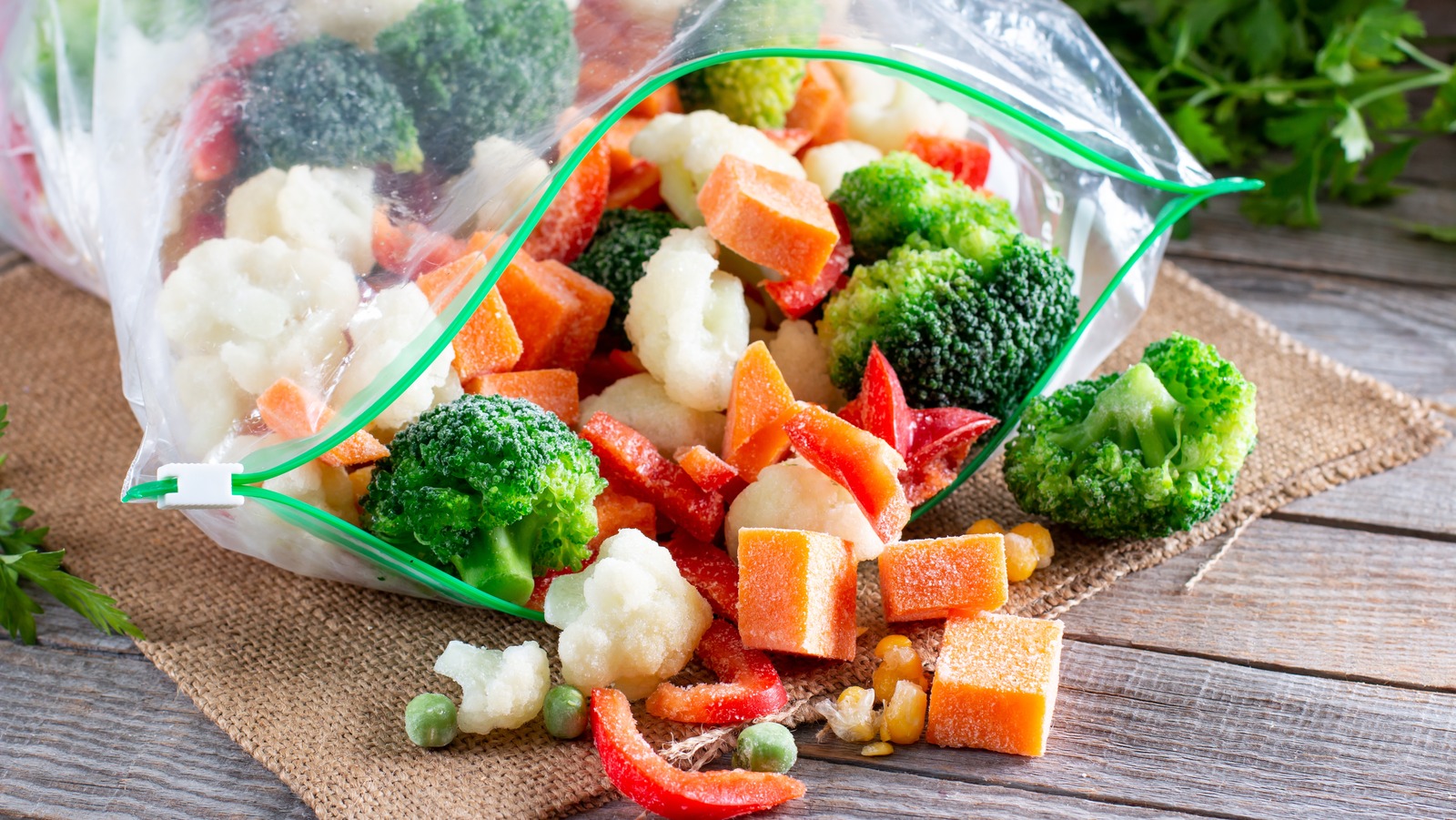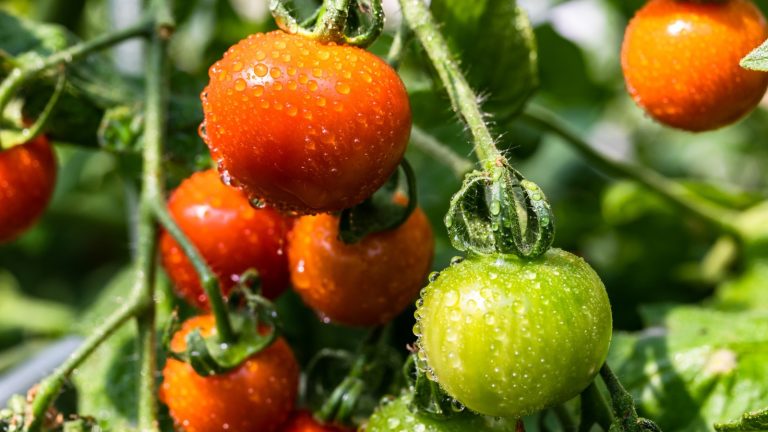Believe it or not, the frozen food industry dates all the way back to the 19th century, when food shippers started experimenting with transporting frozen poultry. These days, freezers are as much a tool in the kitchen as chef’s knives; when we want something to last a few months at least, we stick it in the freezer — meat, bread, and especially vegetables.
One thing about those bags of vegetables, though (besides the fact that they save you money at the grocery store), is that whether name-brand or generic, they’re typically not resealable. But by cutting a V-shape into the bag the next time you open a new one, you can make a sturdy closure — no clips needed.
Cutting a V into your plastic veggie bags not only gives you an easy-pour spout (almost like a funnel, so you have a bit of aim when pouring the vegetables into your Hunan-style beef stir-fry), but when you want to close the bag, just take each pointed end and tie them together — twice for extra security. As you use more of the vegetables, you can make the V indent further down. You can also just cut a straight line, three or four inches deep, down the middle of your bag and tie it up using each half (though you won’t end up with a neat spout for pouring).
How to make your frozen veggies last longer
This sweet frozen vegetable hack is particularly good if you go through your veggies pretty quickly and they don’t end up sitting in your freezer for months. However, if you only use frozen vegetables occasionally, you might want to add another layer to the bags to ensure that the contents inside don’t end up with freezer burn. Without getting rid of your V-shaped cut veggie bags (hey, the pour spout is really nice), you can just put the whole thing in a zip-top plastic freezer bag, push out as much air as possible, and then seal up that outer layer too.
If you don’t like the idea of using extra plastic, you could also find a glass container with a lid and put the bag of vegetables in there. The key is — whatever you use — that the OG bag goes into something airtight, because that cold freezer air is the enemy of your food. You might also want to write the date you opened the vegetables on the extra plastic bag or container. Frozen vegetables are good for up to a year, and if you don’t use them that often, they can get smushed in the back of your freezer while you lose track of how long they’ve been open.






